Pioneer Receiver No Sound? Easy Solutions!
Hey there! This post contains affiliate links to products. We may receive a commission for purchases made through these links. But it never influences our product selection process.
The Pioneer receiver is an excellent choice for anyone looking to replace their old radio with a new one. It’s perfect for playing CDs and can even be used to stream music from your phone or computer. Pioneer receivers are a must-have item in your home.
It could be frustrating if your Pioneer receiver suddenly delivers no sound. We’ll find out the reasons and their most accessible solutions.
So, what are the reasons behind the Pioneer receiver no sound issue?
A faulty speaker connection is one of the common reasons your Pioneer receiver has no sound. An issue with the power supply, receiver connection, or HDMI could also be the culprit. Sometimes the potentiometer causes the no sound issue as well. In most cases, resetting the device solves the problem.
Let’s look at some troubleshooting methods you might use to start fixing this problem. In turn, you’ll be able to fix it yourself and save money.
Related Informational Guide: Yamaha receiver won’t power on: Problems & Solutions
Pioneer Reciever No Sound? 6 Common Reasons and Solutions

We’ve found the seven most common reasons behind the Pioneer receiver’s no sound issue. Let’s explore the troubleshooting guide as follows.
Reason 1: Speaker Wire Connection Problem
The first reason is the speaker wire connection problem. If the speaker connection is faulty, the receiver will fail to deliver sound properly. Sometimes, sudden power outages or excess volume may damage the speaker’s connection.
In worst-case scenarios, the speakers get entirely damaged, but we rarely come across anything like this.
Let’s look at the solution to this problem.
Solution:
Check the speaker connection wires. If you see any discrepancies, unplug and plug the connection again. If it doesn’t work, change and replace the connection wires entirely. Use good quality plugs for the speakers’ connection.
Now you might be asking yourself, what type of connections is the best for the speaker?
Usually, the banana plug connection works best with speakers. They’re the easiest choice for a good connection. It comes in two designs. One needs screws to hold the plug, and another one is a standard design. Banana plugs are easy to plug in and unplug, which makes them the ideal choice.
There are other types of connectors available besides banana plugs. Such as spade conductors, binding conductors, etc.
Note that some speakers might have four terminals, which can be confusing. If your speakers have four terminals, two are for mid to high frequency, and two are for low frequency.
So, that means your speaker needs to be bi-wired.
Reason 2: Reciever Connection Issue
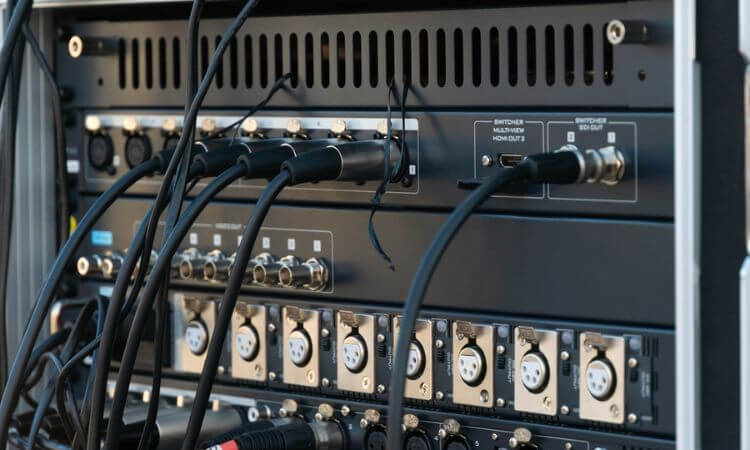
Check whether the receiver is properly connected or not. Sometimes, losing a power supply connection can cause an issue.
Also, sometimes one component works, but another doesn’t. What could be the solution? Let’s find out.
Solution:
Try unplugging the power cord and plugging it again to see whether it fixes the problem. Also, check whether other components, like your CD player, are working or not.
It will help you verify that the receiver is getting power. If there’s still no sound, there might be a hardware issue. Hardware issues need expert suggestions and fixing.
Reason 3: Power Supply
Sometimes the power supply can be the reason behind your Pioneer receiver’s having no sound. There’s a possibility your cord has been damaged, or the power outlet is faulty.
Solution:
Check and identify the source of the problem. First, check by replacing the cable; if the cable is okay, check the power outlet. If the power outlet is faulty, you can fix it yourself.
Reason 4: Speaker Issue
Sometimes the main reason can be the speaker themselves. If everything is working fine with the receiver, as we’ve mentioned above, it might be the speakers.
A sudden power surge may break the speakers’ capability to produce sound. Also, the circuit breakers of the speaker might get damaged in the same way.
Solution:
Perform audio testing to see whether the speaker is delivering any sound or not. Send white noises to the speakers. If you get no sound, check the connection and circuit breakers.
Also, check whether you have a headphone connected. A headphone connection will prevent audio supply to the speakers. Unplugging the headphones will solve the issue.
Reason 5: HDMI Connection Problem
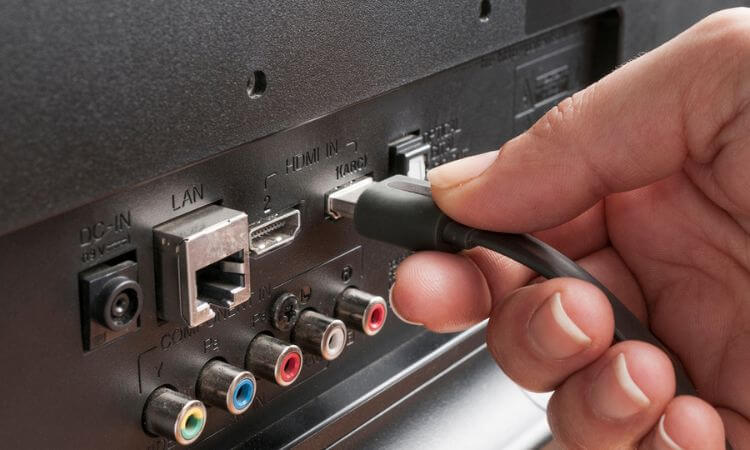
Another reason your pioneer receiver has no sound. We think HDMI only works for the video output, but it is also responsible for the sound output.
There could be two HDMI-related issues: the HDMI handshake issue and the HDMI-CEC issue. Let’s discuss them in detail below.
HDMI Handshake Error:
A handshake error happens when the HDMI cable fails to establish a proper connection with the device. The HDMI Handshake process uses a unique identifier code.
It uses the code to establish communication between the devices. A mismatch in the code causes a handshake error. The HDMI light on the Pioneer receiver’s front panel will blink if there’s an HDMI handshake error.
In that case, replace the HDMI cable with a new one.
HDMI-CEC Issues:
Another issue is the HDMI-CEC issue. CEC stands for Consumer Electronic Control, which allows devices to control each other when connected via HDMI. It provides a seamless experience for your home theater.
However, when the devices fail to communicate with each other, CEC errors are produced.
As we’ve known, HDMI uses HDCP (High-bandwidth Digital Control Protection) to control the audio and video output.
It maintains a secure connection among the devices. When devices don’t recognize each other, HDCP terminates further connection attempts.
Solution:
First, try disconnecting the HDMI cable and connecting it again to see if that fixes the problem. If that doesn’t work, turn off the CEC control from the settings and restart the receiver.
It will fix the HDMI issue effortlessly.
Reason 6: Potentiometer Problem
The Pioneer VSX 522 model, in particular, is notorious for its potentiometer problem. The potentiometer is the device behind the volume control.
It controls the volume by dividing voltage through the speakers. It can get dusty over time and needs to be cleaned.
Solution:
If the reason is dust, cleaning the potentiometer will solve the issue. Clean the potentiometer properly and see if it fixes the problem. If you have any hardware issues, contact an expert to identify and fix the issue.
No luck? Reset Your Pioneer Receiver
If nothing works, reset your Pioneer receiver. It will fix most of the issues. Perform a soft reset first to see if it fixes the issue or not. If the problem persists, perform a hard reset.
Soft Reset:
First, hit the power button to completely turn off the receiver. Now, unplug the power cord and the speakers.
Then, plug it back in after 5-10 minutes. Turn on the receiver and connect the speakers. Check whether the sound is working or not.
Hard Reset:
Power off the receiver and unplug everything except the power cable. Then, power on your receiver.
Now, press the power button and enter button at the same time. An option will pop up, release the button, and select reset. Enter to start the reset process.
Frequently Asked Questions (FAQs):
How Do You Know If Your Receiver Is Blown?
Why Is No Noise Coming Out Of My Amp?
What Causes A Receiver To Shut Off?
Conclusion
That was all about the pioneer receiver. We’ve discussed almost all the reasons behind the pioneer receiver no sound issue. In the article, we provided all the DYI solutions to the problems, so you don’t have to spend any bucks.
However, there are some hardware issues that need professional attention. So, we hope the solutions were helpful.
Let us know about your experience. Bye for now!
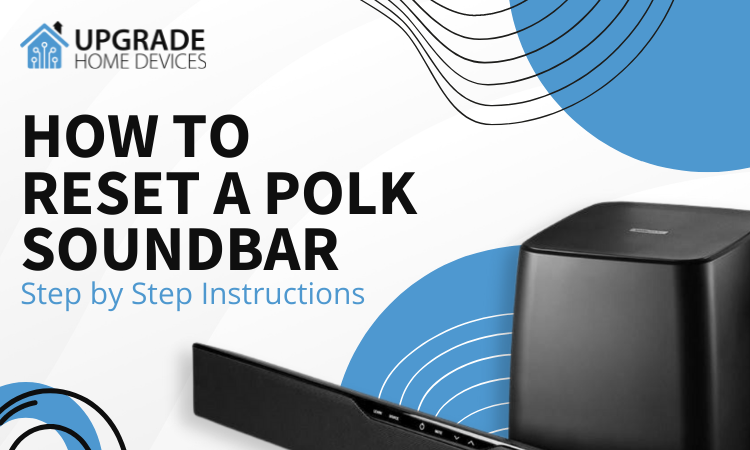
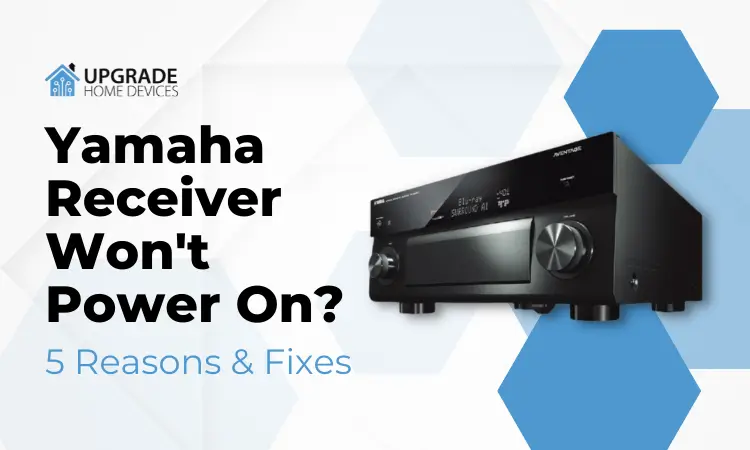
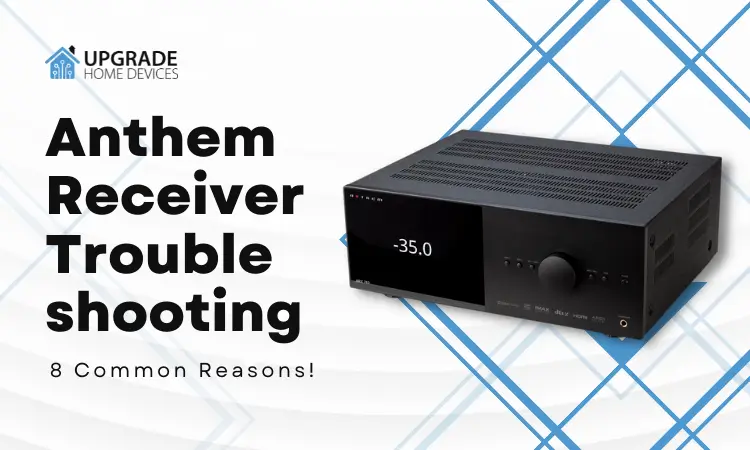

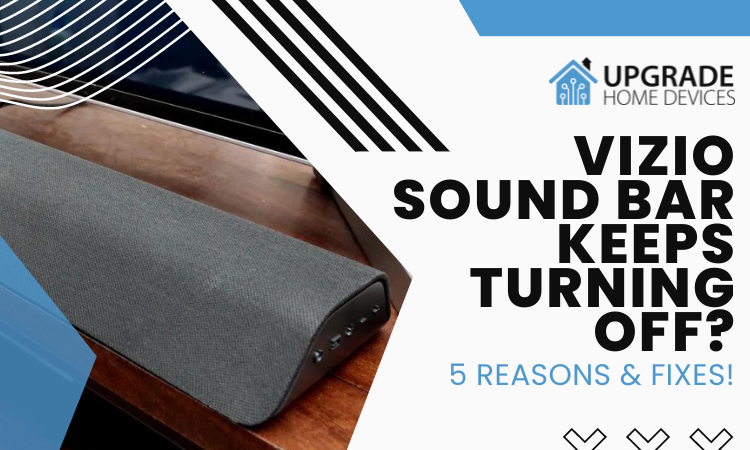
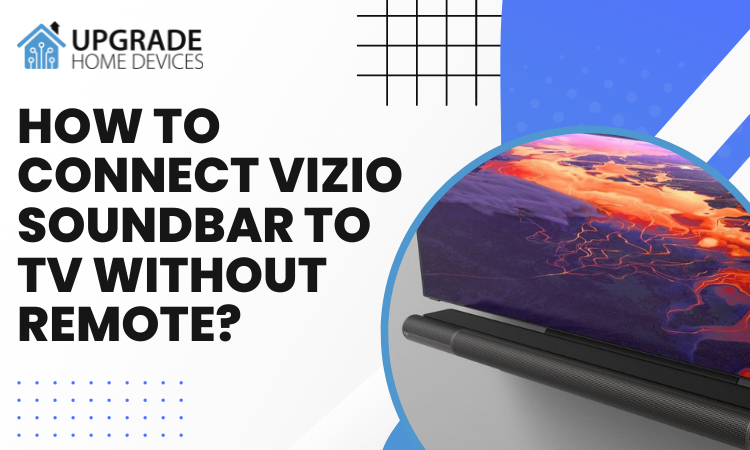
One Comment